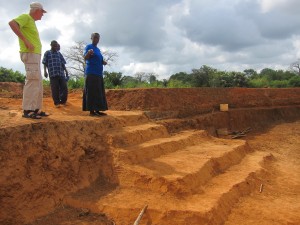 In response to the question, “How is this project affecting your life?” a female beneficiary jokingly responded, “Can you also provide us with some pain killers?” She quickly went on to add that the hard work in the water pans (and the monthly food received) was “worth it” – but she was certainly identifying how hard the work is! Hers is one of the fortunate water pans that is already partially filled with water and which she can use to meet her family’s needs.
In response to the question, “How is this project affecting your life?” a female beneficiary jokingly responded, “Can you also provide us with some pain killers?” She quickly went on to add that the hard work in the water pans (and the monthly food received) was “worth it” – but she was certainly identifying how hard the work is! Hers is one of the fortunate water pans that is already partially filled with water and which she can use to meet her family’s needs.
In last week’s blog we described what a water pan is. Here now are the step by step instructions, complete with pictures, on how a water pan is constructed:
1) Find a strategic location – an area that will capture the surface water (or streams) during the rainy seasons.
2) Clear the area of all rocks, debris, thorn bushes, and trees (complete with roots).
3) Remove and discard one foot of topsoil which is usually too soft to be used for the retaining wall.
4) Start excavating the pan, simultaneously using the excavated dirt to start the retaining wall around three-quarters of the pond.
5) Continue excavating the pan to a depth of ten feet.
6) Build up the wall to a width of 10 feet, ‘ramming’ all of the dirt firmly in place and creating a strong slope on both sides around the perimeter of the water pan.
7) Ensure there is a good ‘spillway’ to allow the excess water to escape so that the walls will not be breached.
One of our blog responders asked how clean/safe this water is. We have learned that the colour of the water is not a good indicator of its purity. The surface water runs over lots of brush and grass which partially filters it. Filters are also sometimes placed along the entry channels to keep out silt, debris and brush. For water pans that have a pump, the pumped water passes through a charcoal filtering. If there is no pump, people often boil the water and others add a tablet to the water which kills some of the bacteria.
Another important step in preventing contamination is the building of latrines far away from the pan. While latrines can keep human waste away from the water, animals are another issue. This water is intended for human consumption. If animals come to drink from it, they may wade into the water and contaminate it so that it isn’t ideal for humans anymore. Some communities have planned security to keep herds away from the pan until they are able to build a strong fence around it. We have heard, however, that elephants in a few areas do not respect this rule or the security person.
Overall the answer to the above question regarding the safety of this water is that we don’t have scientific data, yet, to really know. However, many of these communities are accustomed to drinking surface water collected in natural ponds during rainy seasons, usually without any filtration. The water pans provide much more reliable access to local water sources and may incorporate some degree of filtration or protection over time. From our personal experience, we see that the local people drink the water and we have been told that they do so without any apparent negative affect.
Some of the stage two pans that were started in a previous project have a tap or pump to provide easier access to the water in the pan. However, most people gather the water by using a long stick with a small container attached to it and pour it into a larger bucket or Jerry can. One of the future plans by some water committees is to ask each person who makes use of this community water pan to ‘pay’ for their water by removing a specified amount of soil, thus continuing to increase the size and depth (capacity) of the pan.
Our baseline survey indicated that beneficiaries walk an average of 75 minutes (one way) to reach a water source and then have to wait another 60 minutes to get their water (depending on the source, there are long line ups). It is our hope that there will be a significant improvement in these numbers and a great deal of relief and comfort for the people.
We have assured these people that their Christian sisters and brother will continue to pray for rain to fill their water pans!
NOTE: In case you are not aware, most of the pictures in our blog stories can be enlarged for better viewing by clicking on the actual photo.


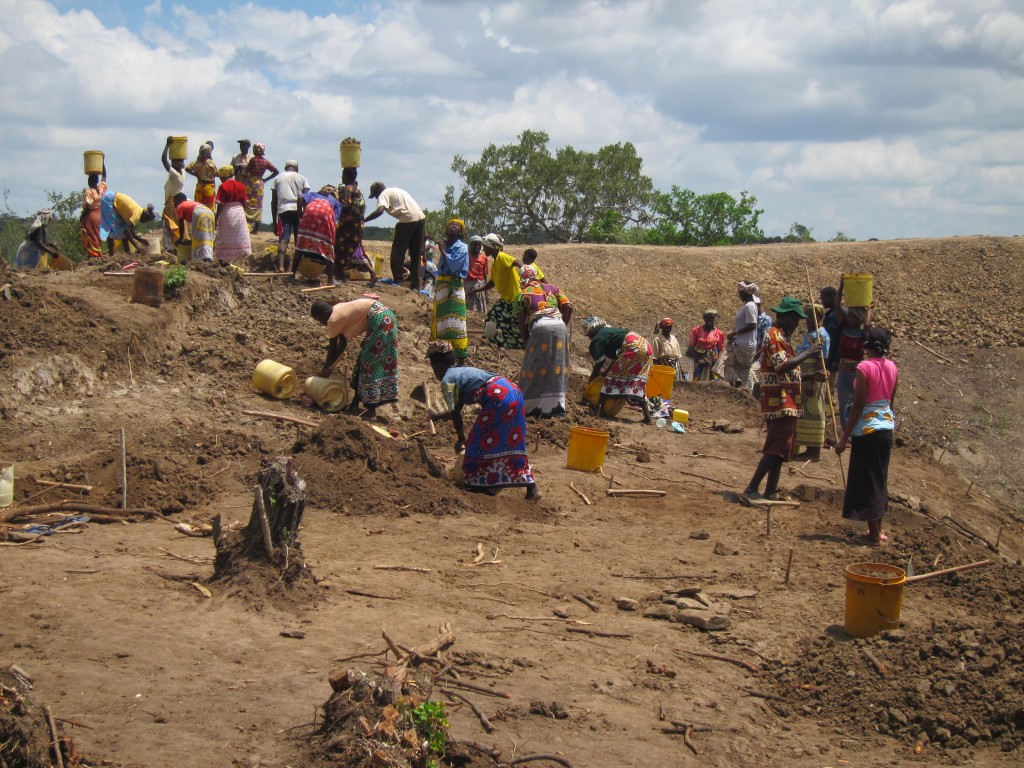
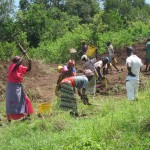
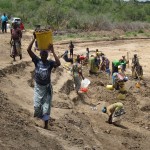
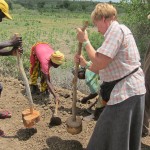
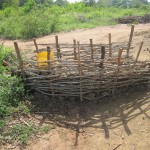
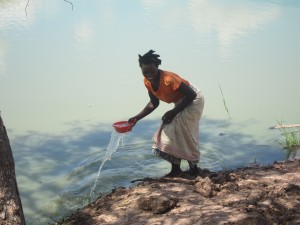
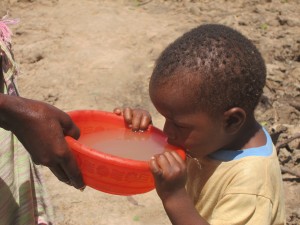
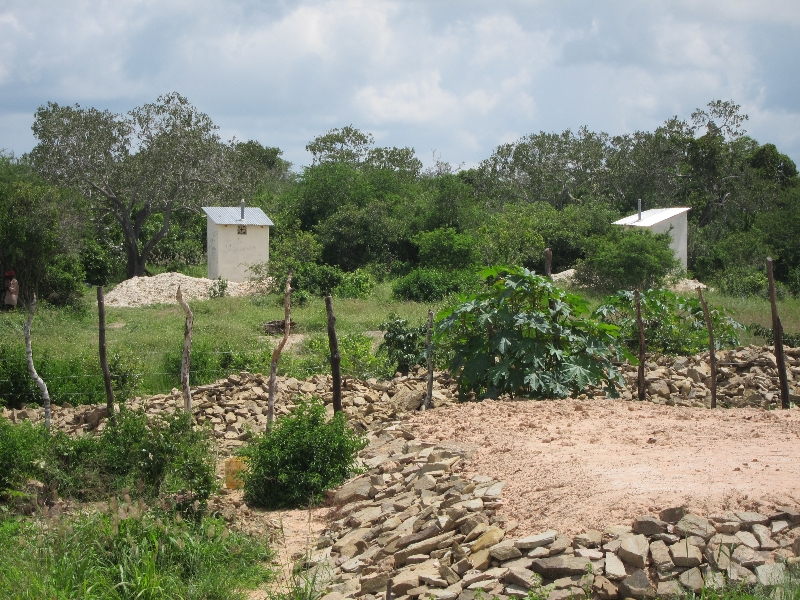
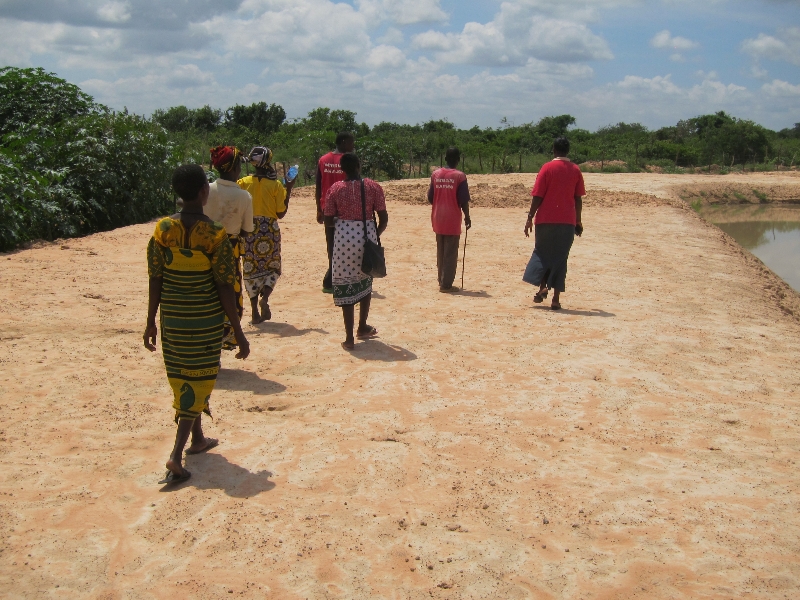
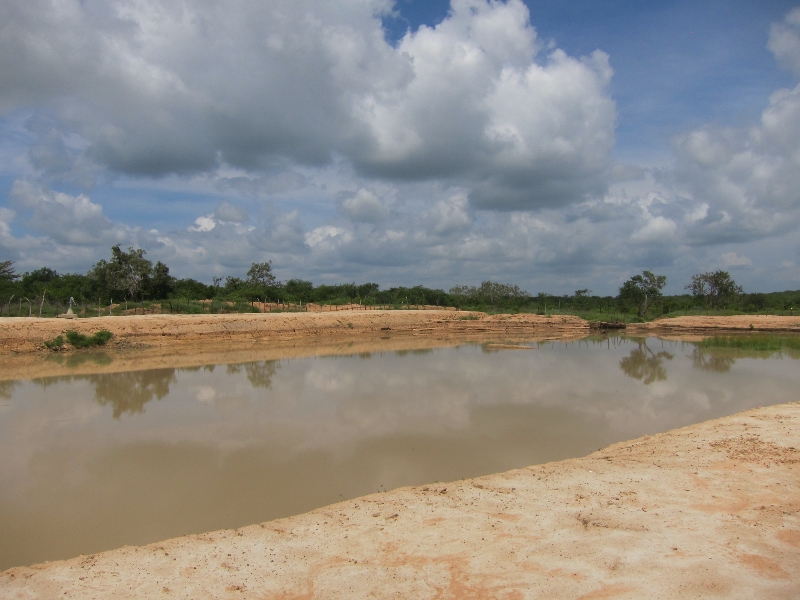
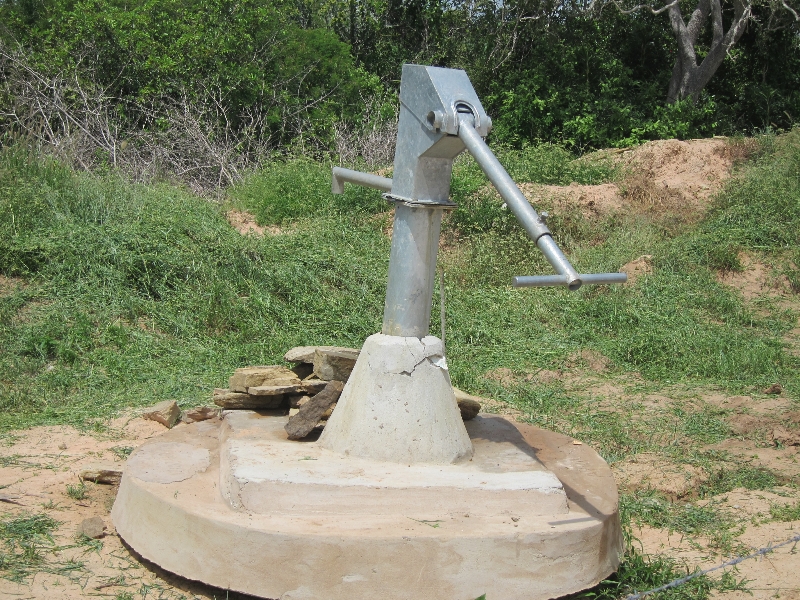
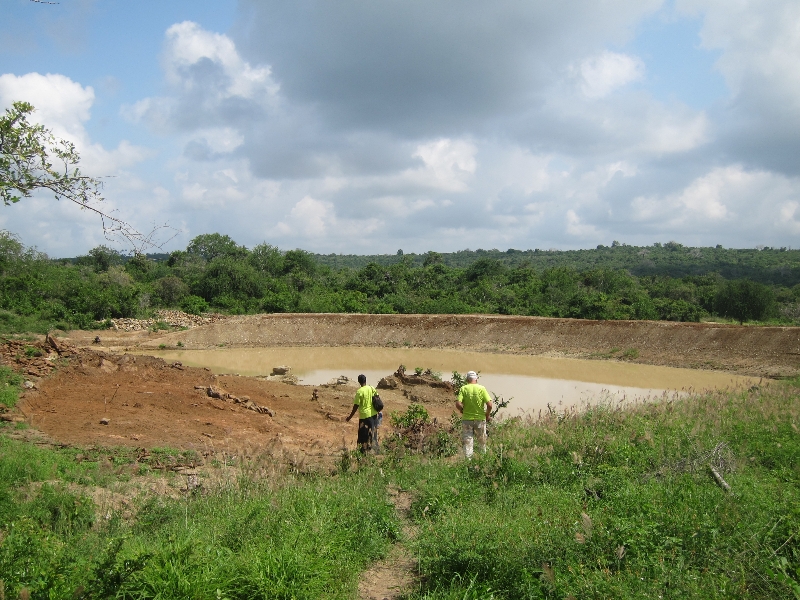
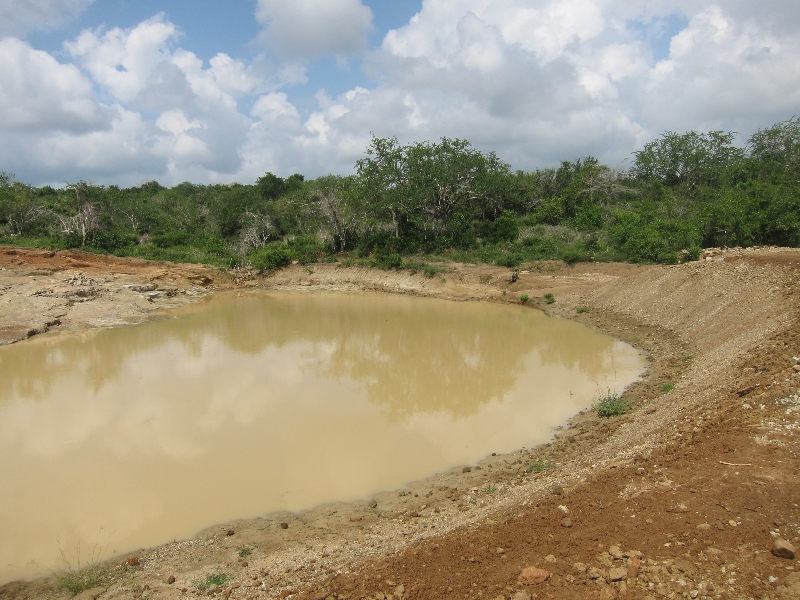
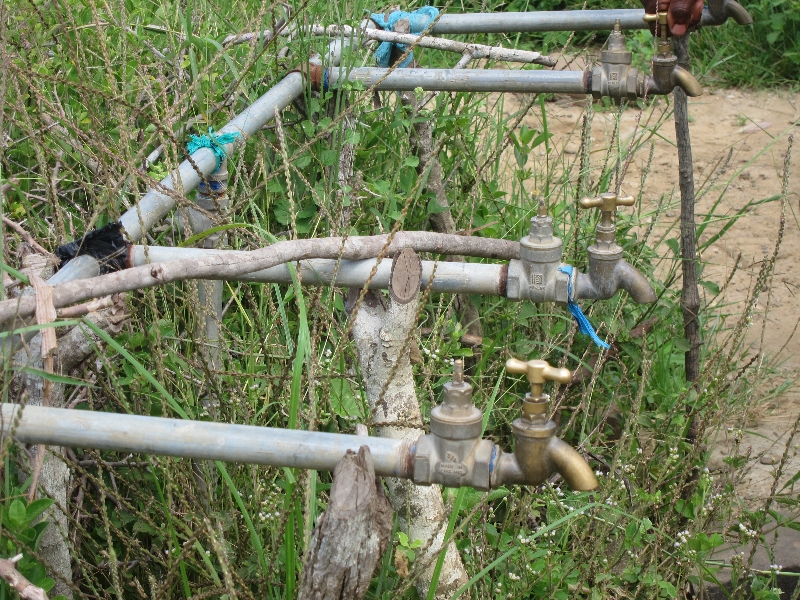

That was very informative! What joy it must give to the people when they see the results of their (heavy) labour. Just to see a child enjoying a drink of water (no matter the colour of the water) gives a whole new respect for what we have so readily available from the tap. Thank God for our beautiful country, but also thank God for using the two of you to bring food and water to the people in Kenya. There will be serious culture shock when you return to Canada.
Again, thank you Harry and Annie for the work you are doing. Your blogs are so interesting and your pictures are great. I have a question, though. I see mostly women working on digging the water pans. Is that the case or did I miss the men on the site? Are the men working in fields growing what food they can? Mary
We really look forward to your blog.
We also noticed the lack of men at the work site, do they have jobs elsewhere?
The children look very happy.
Keeping you in our prayers & will pray for rain as well.
Thanks, Harry and Annie for this informative blog in how this all works and indeed it is wonderful to see the “fruits of their labor” with water in the pans. It’s one thing to build it …and then we rely on God to provide the water. Praise God from whom all blessings flow! We continue in prayer for the both of you as you continue…
Oh that was very interesting!! I pray for showers of blessings for this project,for project as well as those involved in making it happen.
Annie and Harry, the slides are so beautiful and meaningful! I love the one of you holdiing the baby, Annie! And the very colourful clothing everyone wears. It’s hard to imagine the suffering behind all these slides but I’m sure our prayers (and dollars and your efforts) are going to a very worthwhile cause. Miss you! Keep it up you two!
Nice work Harry and Annie. Wish we could drop by. Your blog however, is wonderful and makes us feel like we are there. I can feel the heat. Take care. We think of you often.
Wow, thanks so much for this blog! I’m trying to educate my little grade ones about your hard work, and love to hear them pray for you. I pray for you too and am awed by your dedication and attitude, may God continue to lift you up!
Dear Harry & Annie
We look forward to your weekly blog, it sure opens our eyes to the many blessings we so often take for granted, we pray for rain and the poeple of Kenya as wel as for your health and safety.
May god bless the work you are doing in his name
Love Ann & George
Hi Harry and Annie.
I’ve been reading your blog with great interest! While reading about the potability of the water, I thought of the LifeStraw, available at ABC Place on Wayaki Way – just down the road from the CRWRC/World Renew office. Might be interesting to try it out at one of the water pans.
http://www.vestergaard-frandsen.com/lifestraw
http://www.youtube.com/watch?v=9e99c4z0zkE
http://www.youtube.com/watch?v=sH5SZViwTR0
Praying for rain,
Peter Oussoren